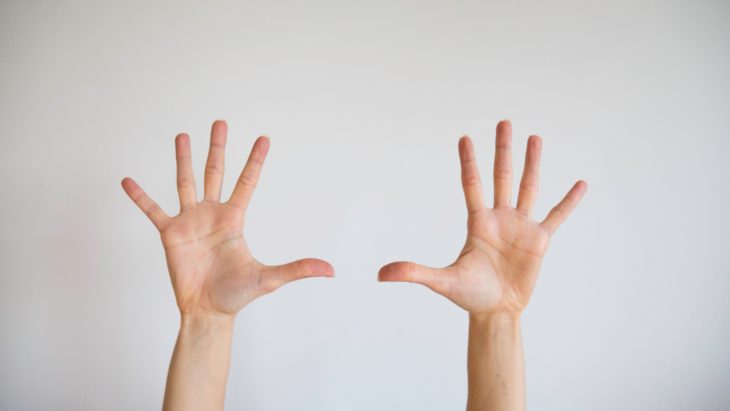
Have you ever been curious about finger names? Why are they named that way and what is their purpose for the human body? The finger anatomy isn’t as complex as learning all the parts of the hand bone. However, its importance in our daily life shouldn’t be underestimated.
Humans use fingers to press buttons, eat, write, paint, and even dance. People use these tools to express themselves even with hand gestures. An example of these hand gestures is the thumbs-up, which is an international gesture for approval. But do we really know anything about them other than what they’re used for?

Doctors called orthopedics are known to take care of our hands. They are the ones we look for when we have injuries, such as a broken finger or losing one, or ailments such as carpal tunnel syndrome. Unfortunately, other than these doctors, not many people know anything about the hand or fingers.
Most people have questions about their fingers that are rarely talked about. People also have other questions besides the finger names. How many bones in the hand are there? How come some people can bend their thumbs smoothly while others can’t? We’re also just as curious as you are, so we decided to take a look.
Learning about the different types of finger names and the finger anatomy is a great way to understand the human body. Since we only have one body, taking care of it is also learning which parts need extra care. In addition, the structure of the human skeleton and its growth is also an interesting topic to discuss with friends and family. So why don’t we get started in learning about the different finger names and their uses?
Anatomy of the Hand
We’re all curious about the different finger names and the parts that make them up. However, it’s important to remember that the finger bones are also part of the hand skeleton.
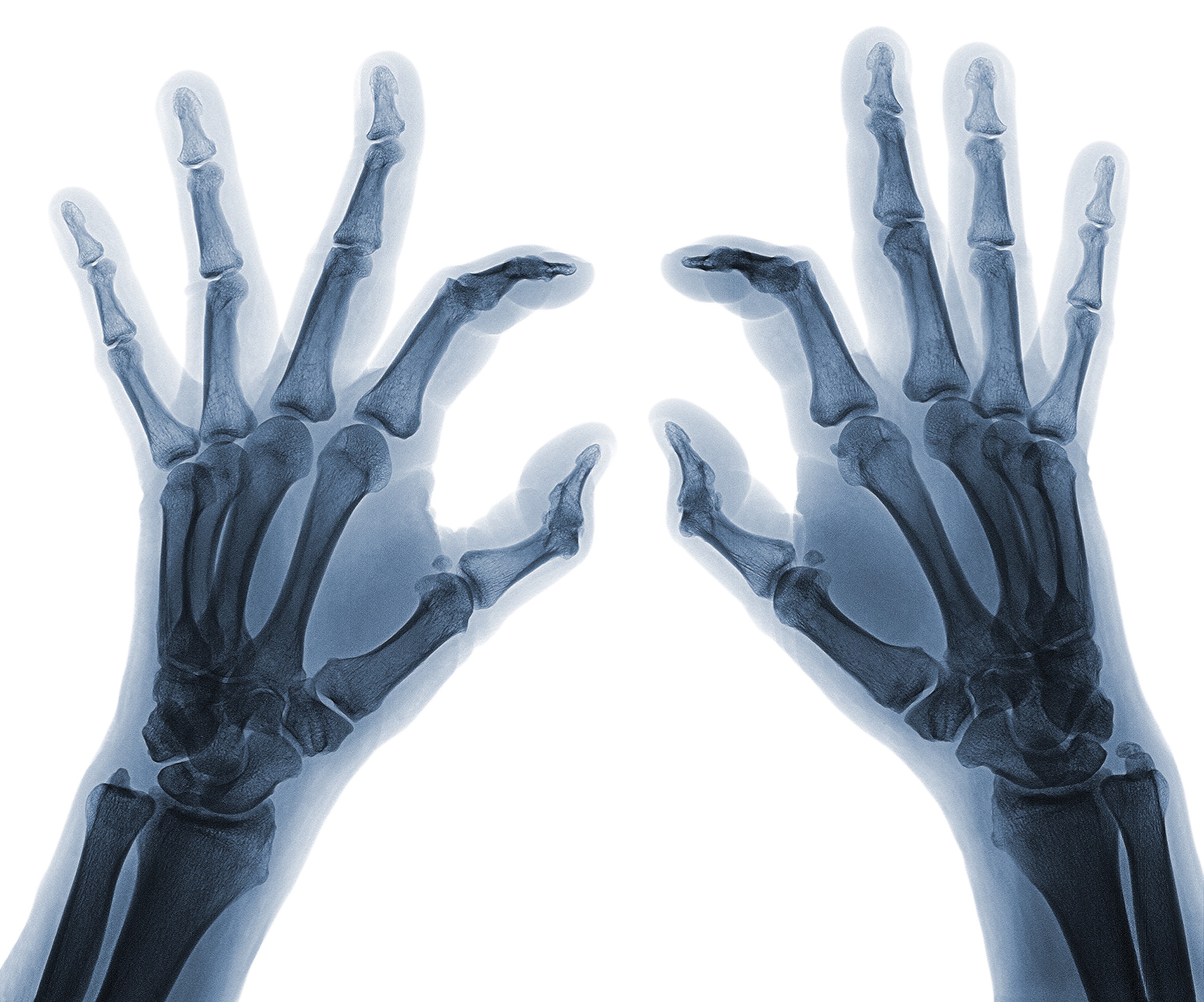
There are over 27 bones in the hand. This includes the trapezoid, trapezium, scaphoid, capitate, radius, ulna, the carpals, the metacarpals, and the phalanges bone.
The joints of the hand also include the distal interphalangeal, the proximal interphalangeal, the interphalangeal, the metacarpophalangeal, the carpometacarpal, and the trapeziometacarpal.
There are three types of bones inside the hand. The phalanges bones can be found in three pieces known as the distal, middle, and proximal in each finger except for the thumb. The metacarpal bones comprise five bones making up the center of our hands. Finally, the carpal bones are the components of the wrist. This is because these carpal bones connect to the ulna and radius bone, which are bones of the arms.
Anatomy of the Fingers
Just as we discussed in the anatomy of the hand, there are three phalanges bones inside each finger. However, the thumb only contains two phalanges bones. These three bones are called the proximal, middle, and distal phalanx. The three bones are held together by tendons such as the extensor, the collateral ligament, the flexor digitorum profundus, and the flexor digitorum superficialis.
Since there are very few things that keep together such an important part of our bodies, it’s easy for fingers to be injured. As a result, emergencies regarding finger trauma are the most common type of injury in the hospital.
Now that we know about the parts of the hand and fingers, we can now learn about different finger names. Included in this list are their scientific names, their common names, their most common injuries, the uses of each finger, and their cultural significance.
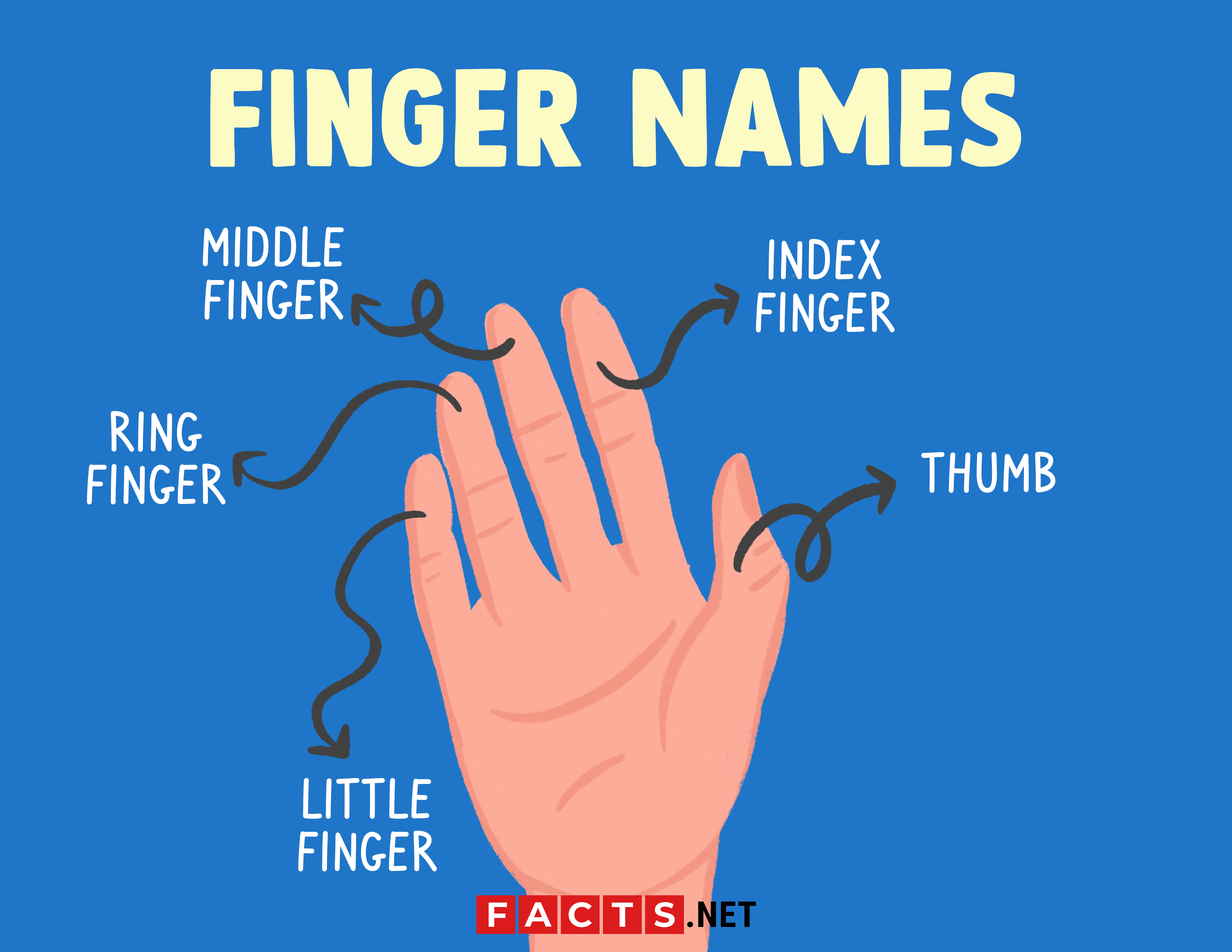
Thumb

The first of the finger names is the thumb. Its medical term is pollex, but people have been calling this finger the thumb even before the 12th century. The word “thumb” came from the Proto-Indo-European word “tum” which means “to swell”. Out of all the fingers, the thumb is the shortest and widest.
Many people assume that the thumb has only two bones inside of it. However, just like the other fingers, it also has a metacarpal, distal phalanx, and proximal phalanx. Additionally, the thumb is also used similarly to other fingers. Thumbs are used to function against the movement of the other fingers. This allows us to manipulate other items specifically.
Some people have an extra thumb. This genetic condition is called polydactyly. It’s quite common to have polydactyly, with over 1 in 500 people in the United States having the condition. While others might consider the polydactyly as disturbing, an extra finger is harmless and can either be removed or kept by the individual.
There are many uses for the thumb. However, the gesture known as the “thumbs up” is also an everyday use for it. The thumbs-up gesture symbolizes approval of the situation or whatever is being asked. It was first used in ancient times as a sign to free the men left standing in the gladiator arena. It evolved in World War II as pilots used the gesture to symbolize that they were ready for take-off.
Index Finger
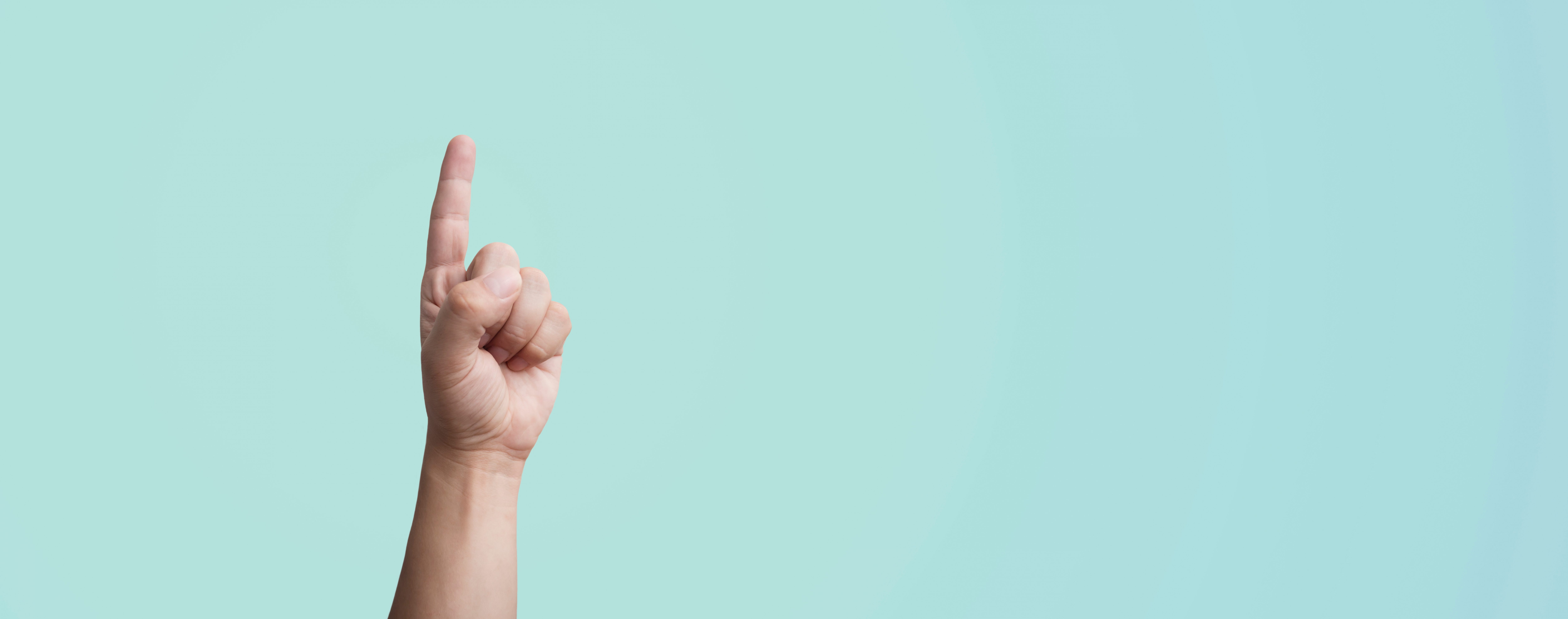
One of the most interesting finger names is the index finger. The index finger is used to point to things, and the word “index” means “to show”. The index finger is in the middle and is one of the most used fingers. Also known as the forefinger, first finger, pointer finger, or the trigger finger, it is the most flexible and sensitive finger in the hand. Most people have shorter index fingers compared to their middle fingers and use them instinctively.
Most people use their index fingers to touch things and point in directions. However, index fingers are mostly used to express emotions. You can also use index fingers to express authority. Some people use their index fingers to point a command. This can be seen in posters on army recruits and when someone scolds another.
Using your index finger is the easiest form of expression. Babies learn to communicate first through pointing before speaking. Dogs, elephants, and other intelligent animals can also understand what pointing means.
The index finger is also a religious symbolism in Islam. The index finger is called the Tawhid in Islam, describing the entirety of Allah and being the only god in existence.
Middle Finger

The third on our finger names is the middle finger. The middle finger, also known as the long finger or tall finger, is usually the longest finger on a human hand. Just as its name suggests, the middle finger can be found in the center of all the fingers. It is one of the most flexible fingers aside from the index finger but is also the most easily damaged finger.
Unlike the other fingers, the middle finger is mostly used only for insults. When you raise your middle finger and curl the others, you are symbolizing the male phallic organ. The finger represents the shaft of the penis and the hand symbolizes the testicles. Most people know the middle finger as a way to say, “go fxxk yourself”.
One of the earliest uses of the middle finger was in Ancient Roman times. Tacitus, a Roman historian, records that German tribesmen often used the middle finger while going to war with the Roman army. Another more explicit example is when Ancient Greeks used the middle finger to reference the penis more specifically. Evidence of this comes from the Aristophanes playwright who wrote The Clouds with a character using the finger and grabbing his crotch area.
Ring Finger
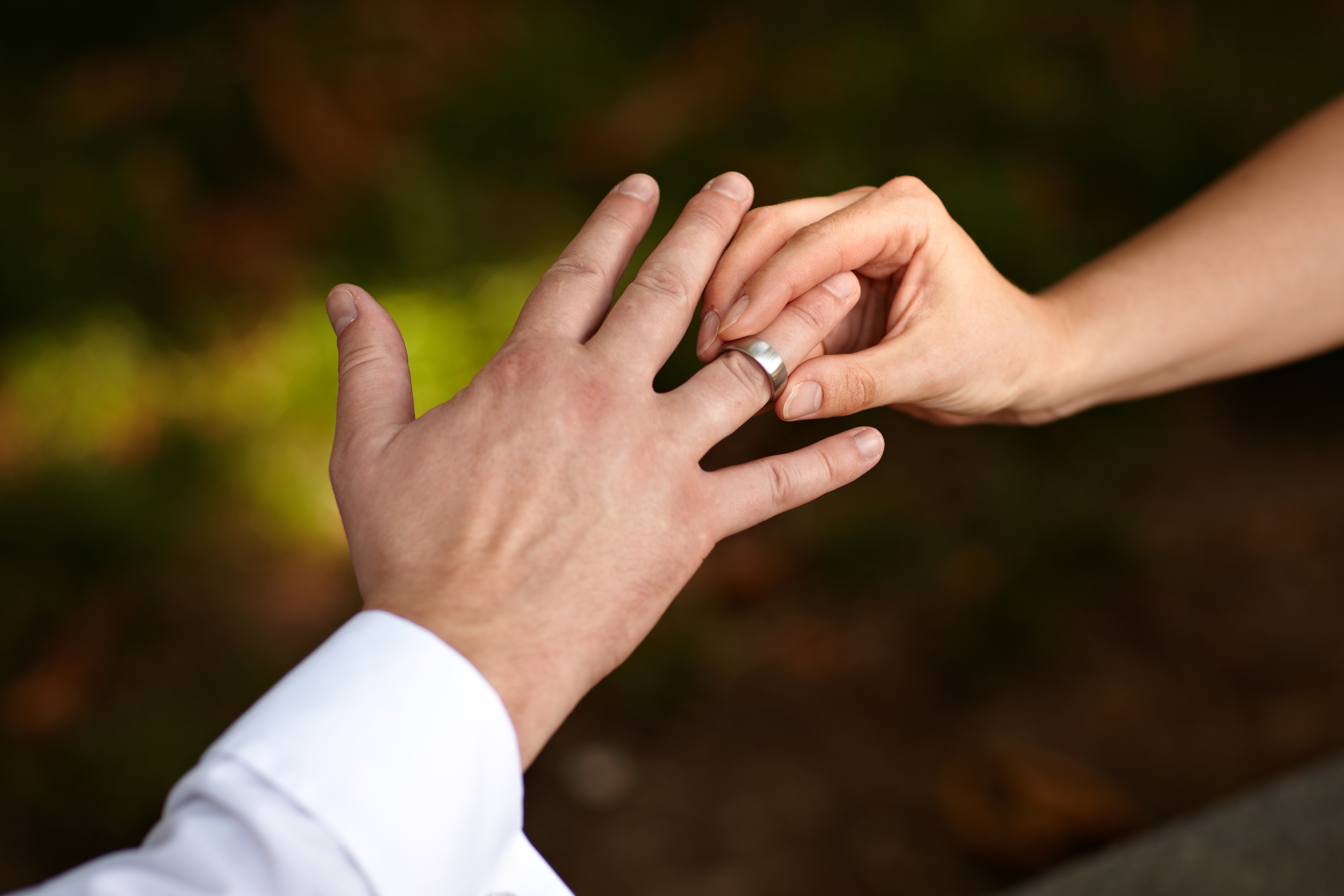
The most intimate of the fingers is the ring finger. It’s also the only one of the finger names that describes its use. The ring finger, which you can see in the middle of the little finger and the middle finger, is the least flexible. Historians are still unsure why the ring finger was selected for rings specifically. Explorer Laszlo Magyar did record that most cultures believed the ring finger to be filled with magic.
The Ancient Romans used to believe that the left ring finger is connected directly to the heart. As a result, they called this connection the “vena amoris” which is also known as the vein of love. This created a common superstition that marriages with rings placed on the left hand pledged eternal love. Romans from the 11th century first developed this tradition with only the bride wearing it. Eventually, the men also wore the rings.
Little Finger

The last on our finger names is the fifth digit known as the little finger. Other names for the little finger are the baby finger, the pinky finger, or the pinkie. People are often confused as to what the purpose of the little finger is. While it may seem useless to the naked eye, the littler finger contains 50% of our hand strength. This means that if you lose your pinky, your hand strength becomes significantly weaker.
The term “pinkie” comes from the word “pink” in Dutch, which translates to “little finger” and was first used in Scotland around 1808. Eventually, the term spread throughout England, America, and other parts of the world.
You can easily raise your little finger compared to the middle finger. However, Chinese people consider this insulting. The gesture of raising your little finger at someone describes distaste. The same can be said in Russia, where the pinkie finger could refer to having a small penis.
Fortunately, the pinky swears from America uses the little finger more delightfully. The pinky swear is used to seal a promise just like a “yaksok” in Korea, which uses the thumbs additionally. The United Kingdom, Australia, and other European countries use the little finger for signet rings. These are rings placed on the left little finger of a man as a sign of regal status.
Conclusion
We hope you enjoyed learning about the different finger names, the anatomy of the finger, and their different uses and background. It’s also important to raise awareness about taking care of them. Many people have survived the loss of a finger or two that should also be respected for their ability to adjust to the loss of one. Although they managed to adjust well, it wasn’t easy. Physical therapy sessions and replacements for lost limbs can be expensive. Thankfully, modern technology has evolved so that a severed finger can be reattached.
Which of the finger names caught your eye the most? While all are important fingers, there are ones with a history that are more interesting than the others. With this knowledge, you can help teach others more about finger anatomy, promote self-care, and even spark your interest in becoming an orthopedic. Either way, we can all agree that these five fingers have a big impact on our lives.
Was this page helpful?
Our commitment to delivering trustworthy and engaging content is at the heart of what we do. Each fact on our site is contributed by real users like you, bringing a wealth of diverse insights and information. To ensure the highest standards of accuracy and reliability, our dedicated editors meticulously review each submission. This process guarantees that the facts we share are not only fascinating but also credible. Trust in our commitment to quality and authenticity as you explore and learn with us.
